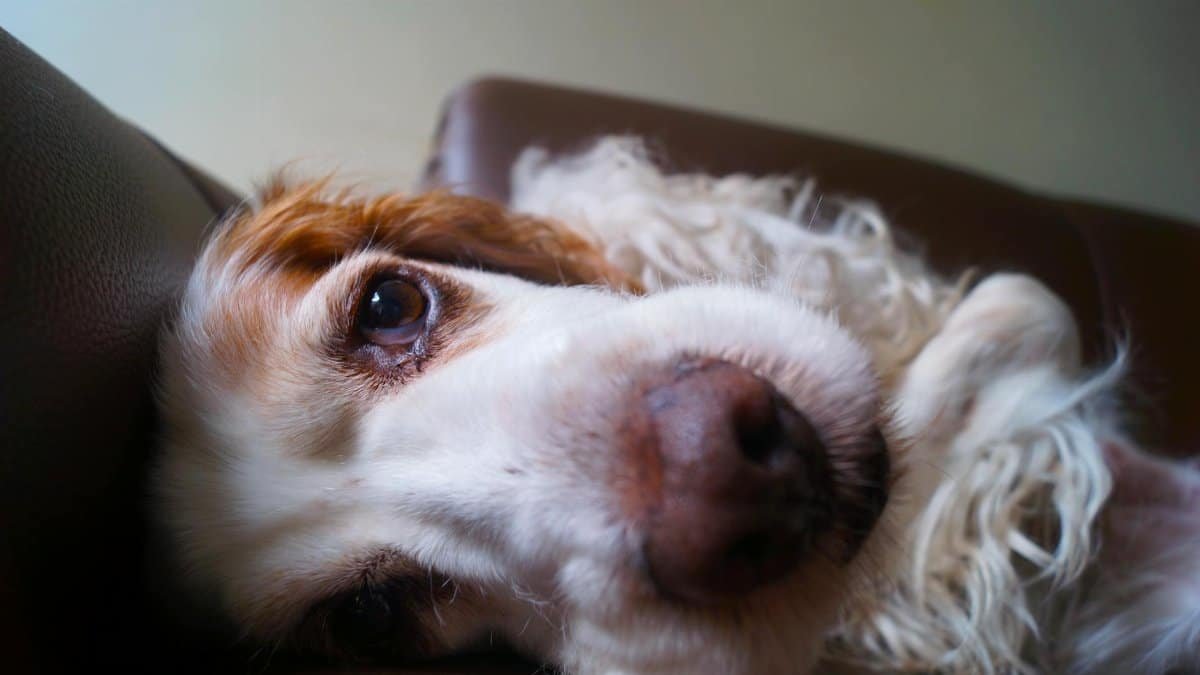Could the secret to better rest lie in the habits of the rich and famous? In a world where sleep often feels like a luxury, many Americans are turning to unconventional sources for inspiration. From tech moguls to Hollywood stars, the concept of celebrity sleep hacks has gained traction as a potential shortcut to overcoming restless nights. Social media buzzes with tips attributed to A-listers—think ice baths before bed or strict no-screen rules—and curiosity about what works is at an all-time high. But beyond the glamour, a pressing question emerges: do these quirky routines hold up under scrutiny, or are they just well-marketed myths? As sleep deprivation continues to plague millions, separating fact from fad is more urgent than ever. Let’s unpack nine celebrity sleep hacks that have earned a nod from sleep scientists, offering practical ideas that might just transform your nightly routine.
1. The Power of a Consistent Bedtime (Inspired by Oprah Winfrey)

Oprah Winfrey has long touted her unwavering bedtime of 10 p.m. as a cornerstone of her productivity. It’s not just discipline; science backs this up. Research from the Centers for Disease Control and Prevention (CDC) emphasizes that a fixed sleep schedule helps regulate the body’s circadian rhythm, improving sleep quality over time. Sticking to the same bedtime—even on weekends—signals to your brain when to wind down. For many, this consistency feels elusive amidst chaotic schedules, but starting small, like setting a nightly alarm as a reminder, can make a difference. Imagine the quiet satisfaction of slipping into bed at the same hour each night, knowing your body is finally on a reliable clock. It’s less about celebrity status and more about a simple, replicable habit.
2. Blackout Curtains for Total Darkness (A Gwyneth Paltrow Favorite)
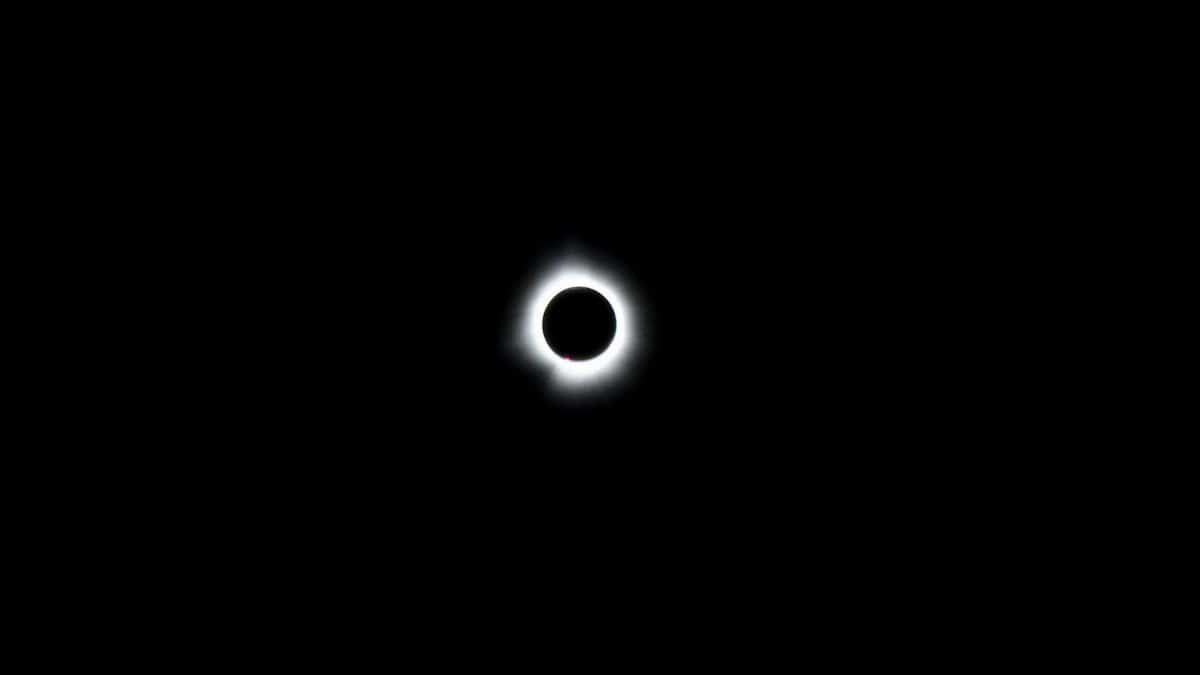
Gwyneth Paltrow swears by blackout curtains to create a cave-like bedroom environment, and she’s onto something. Light exposure at night disrupts melatonin production, the hormone that ushers in sleep. A study published by the National Institutes of Health (NIH) found that even dim light during sleep can affect metabolic health and rest quality. Blackout curtains or a quality sleep mask can block out streetlights or early morning rays, mimicking the deep darkness our ancestors slept in. One online account recently described the shift to total darkness as “like flipping a switch in my brain—I’m out in minutes.” It’s a low-effort tweak with outsized impact, especially for urban dwellers battling constant light pollution.
3. Pre-Sleep Meditation (Endorsed by Ariana Grande)
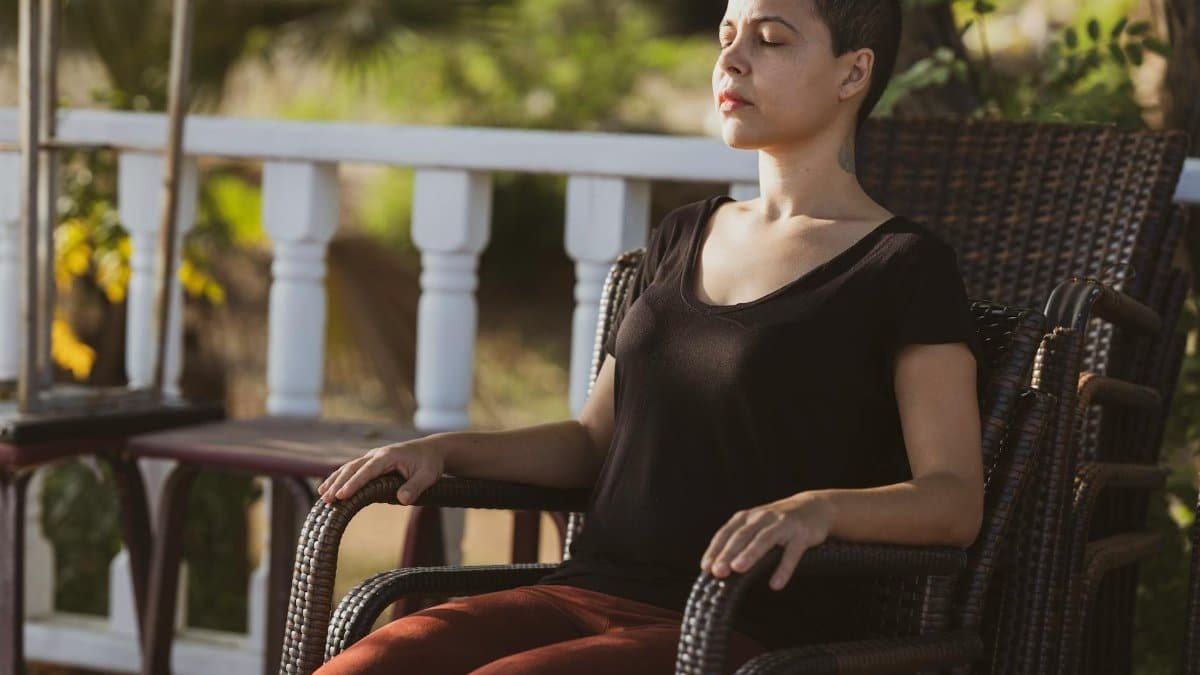
Ariana Grande has spoken about using guided meditation to ease into sleep, a practice that resonates with scientific findings. Stress and racing thoughts often keep people tossing and turning, but mindfulness can interrupt that cycle. Research from Harvard Medical School shows that meditation reduces anxiety and promotes relaxation, paving the way for faster sleep onset. Apps or simple breathing exercises—inhaling for four counts, exhaling for six—can replicate this effect. Picture a late night after a hectic day, sitting quietly for just five minutes, letting the tension melt away. It’s not about achieving zen mastery; it’s about giving your mind permission to rest, a trick anyone can borrow from Grande’s playbook.
4. Limiting Caffeine After Noon (A Tip from Tom Brady)
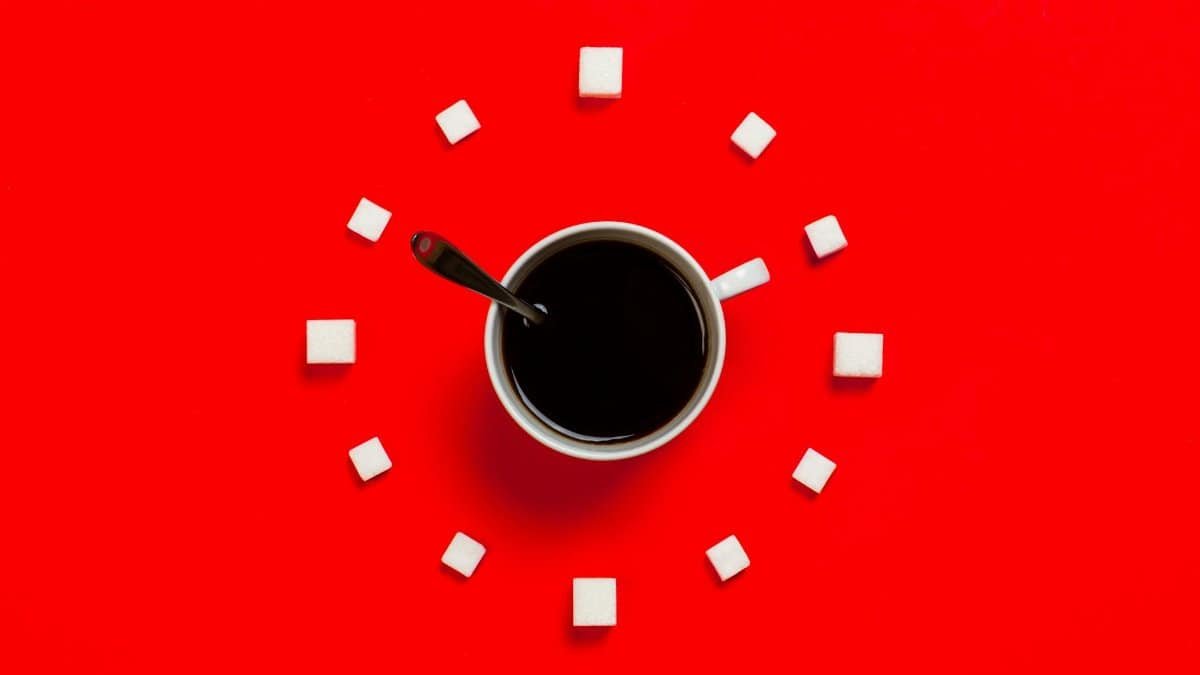
Tom Brady famously cuts off caffeine by midday to protect his sleep, a strategy grounded in biology. Caffeine blocks adenosine receptors, the chemical that builds up during the day to make us sleepy. According to the Sleep Foundation, consuming caffeine even six hours before bed can reduce sleep quality. Brady’s rule might seem strict, but for those who sip coffee into the afternoon, shifting that last cup to before lunch could be revelatory. Think of the jittery evenings spent staring at the ceiling—could a small timing adjustment be the fix? It’s a practical pivot, requiring no fancy tools, just a bit of willpower.
5. Cool Bedroom Temperatures (Championed by Beyoncé)

Beyoncé reportedly keeps her bedroom at a chilly 60-65 degrees Fahrenheit for optimal sleep, aligning with expert advice. The body’s core temperature naturally drops as part of the sleep process, and a cooler room aids that transition. Studies supported by the NIH suggest that sleeping in temperatures between 60-67 degrees can enhance deep sleep stages. Cracking a window or adjusting the thermostat might feel like a minor change, but it can trick your body into rest mode. For those without central air, even a fan can mimic the effect. It’s a subtle hack, yet one that taps into how our physiology is wired.
6. The No-Screen Rule (Practiced by Jennifer Aniston)
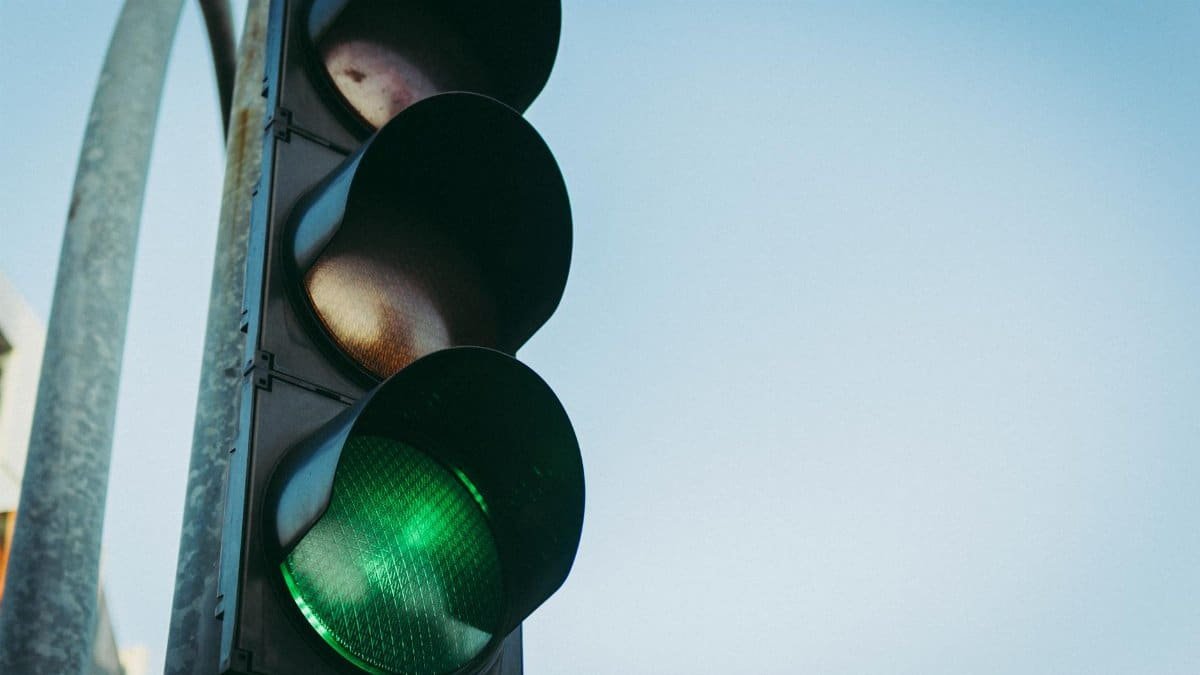
Jennifer Aniston avoids screens an hour before bed, a habit that counters the blue light emitted by phones and laptops. Blue light suppresses melatonin, tricking the brain into thinking it’s daytime. Research from Harvard Health highlights how evening screen time delays sleep and reduces its restorative power. Swapping scrolling for a book or quiet conversation isn’t just a celebrity quirk—it’s a boundary worth setting. One person recalled the first screen-free night as oddly liberating, saying, “I didn’t realize how tethered I felt until I put the phone down.” Test it for a week; the stillness might surprise you.
7. Evening Stretching or Yoga (A Habit of Ryan Reynolds)
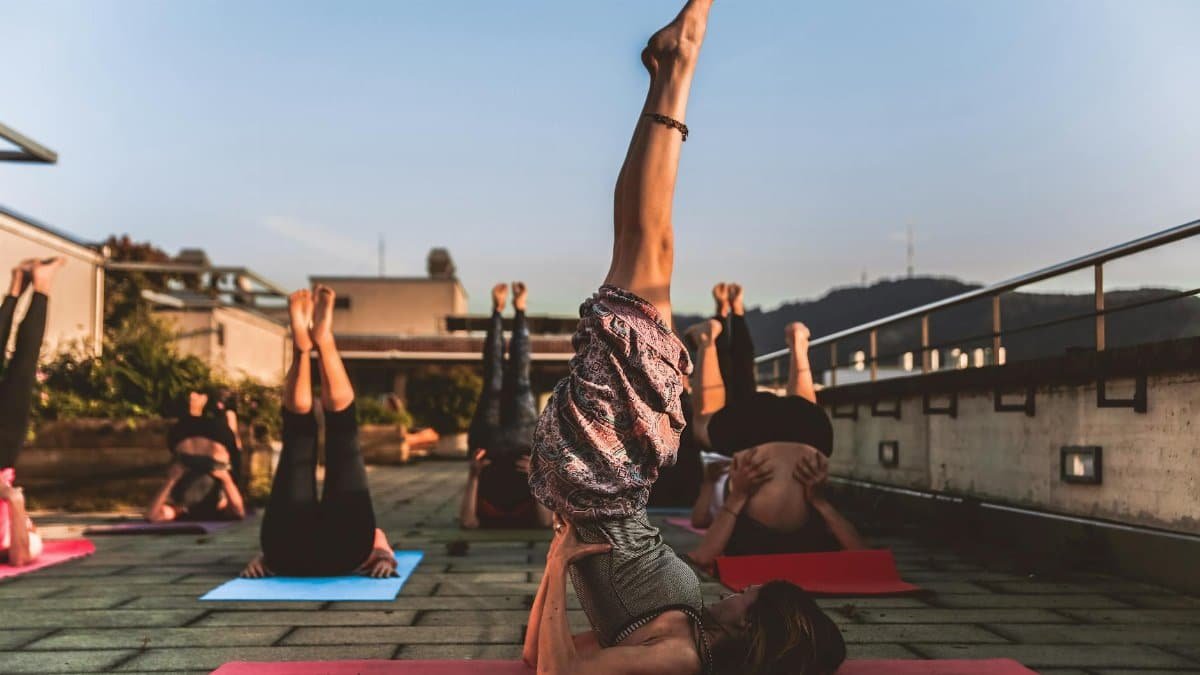
Ryan Reynolds incorporates light stretching or yoga before bed to release physical tension, a method with proven benefits. Gentle movement can lower cortisol levels and ease muscle stiffness, signaling to the body it’s time to relax. A study cited by the Mayo Clinic notes that such practices improve sleep by reducing stress. A simple five-minute routine—think child’s pose or a hamstring stretch—can replicate this. Envision dim lights, a quiet room, and the slow unraveling of the day’s strain through each breath. It’s less about flexibility and more about grounding yourself before the lights go out.
8. Herbal Tea Rituals (Loved by Adele)

Adele has mentioned winding down with a cup of chamomile tea, a ritual backed by science for its calming effects. Chamomile contains apigenin, a compound that binds to brain receptors to reduce anxiety and induce sleepiness. Research summarized by the National Center for Biotechnology Information (NCBI) supports its mild sedative properties. Brewing a warm cup becomes more than a drink—it’s a signal to slow down. For those skeptical of herbal remedies, even the act of sipping something warm can create a soothing pre-sleep habit. It’s a small gesture, yet it carries the weight of intention.
9. Weighted Blankets for Calm (A Kristen Bell Go-To)
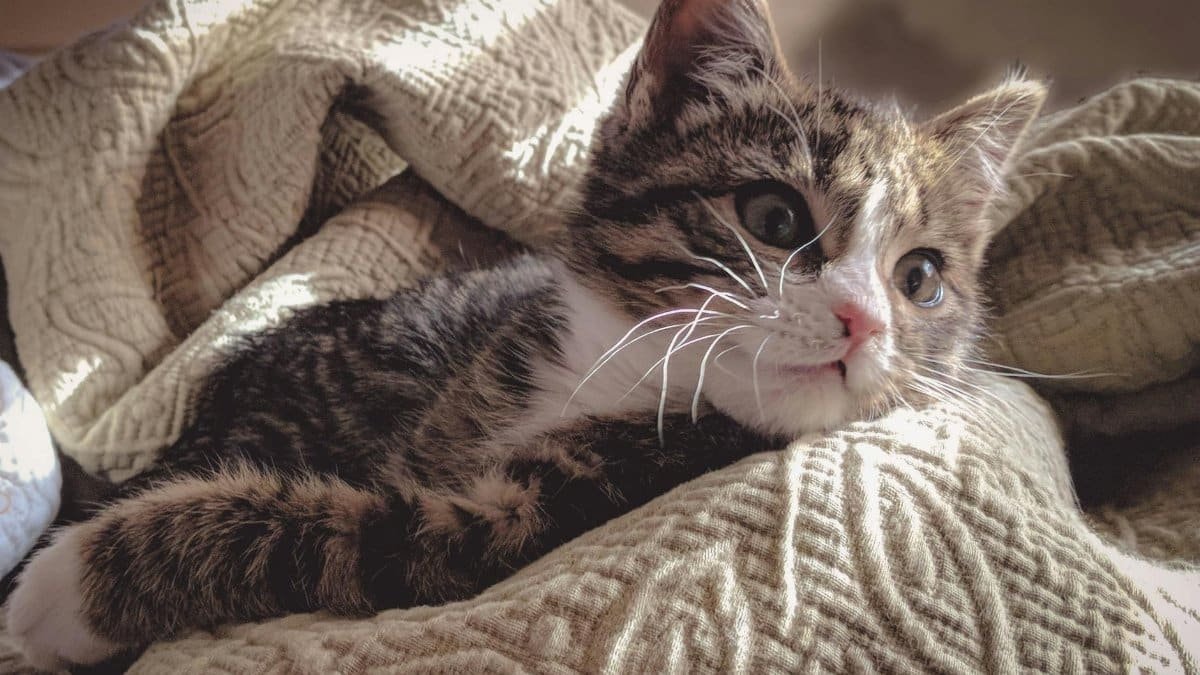
Kristen Bell uses a weighted blanket to feel cocooned at night, a trend with growing scientific interest. The gentle pressure mimics deep touch therapy, which can lower heart rate and promote relaxation. A study referenced by the Sleep Foundation found that weighted blankets may reduce anxiety and improve sleep for some individuals. It’s not a universal fix—some find the heft uncomfortable—but for those craving security, it’s worth a try. Picture sinking into bed, the subtle weight anchoring restless limbs. Bell’s preference highlights how tactile comfort can play a role in drifting off, a reminder that sleep is as much about feeling safe as it is about timing.
These celebrity sleep hacks, from Oprah’s strict bedtime to Bell’s weighted blanket, aren’t just glitzy fads—they’re rooted in principles that sleep scientists have studied for years. In 2025, as stress and screen time continue to challenge our rest, borrowing these ideas feels less like indulgence and more like necessity. Not every tip will suit every sleeper; the key is experimentation. Maybe it’s dimming the lights or sipping chamomile—or combining a few for a personalized ritual. What’s clear is that sleep isn’t a one-size-fits-all puzzle. By blending star-studded inspiration with evidence-based tweaks, a better night’s rest might be closer than it seems. So, tonight, why not test one out and see where it leads?
